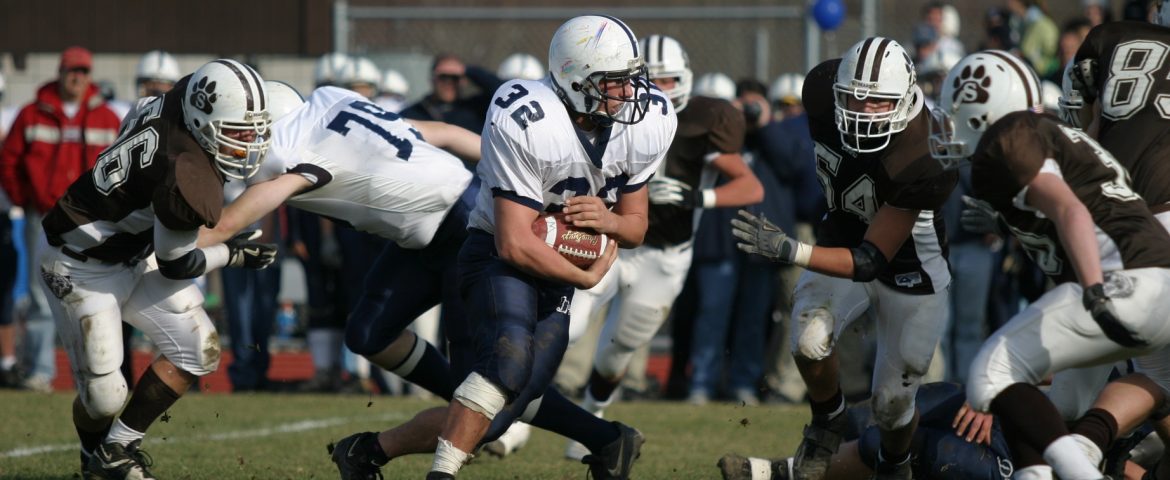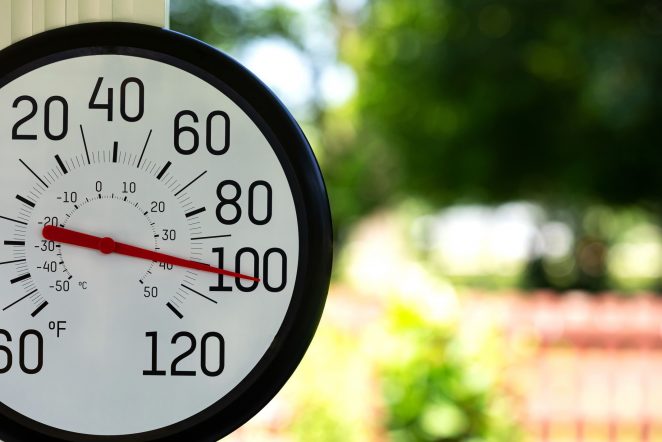The beginning of a new school year means the start of a new athletic season, which can bring a lot of excitement. However, there can also be risk, and for young athletes—the most common risk comes in the form of concussions.
In fact, an estimated 1.6 to 3.8 million sports related concussions happen in the U.S. every year. What’s more, 5 out of 10 concussions often go unreported or undetected.
In an ideal world, your child would never fall into these statistics. However, in physical activity especially, accidents happen. That’s why parents or guardians should be prepared to spot a concussion, if or when one strikes.
What is a concussion and how do they happen?
A concussion is a bump, blow or jolt to the head or body that causes back-and-forth movement of the brain inside the skull. This movement can create chemical changes in the affected brain, even stretching and damaging certain cells.
Concussion symptoms vary. Commonly reported signs include, but are not limited to: headaches, nausea or vomiting, dizziness or balance issues, increased sensitivity to light or noise and an overall feeling of confusion.
While some symptoms can show up shortly after the actual injury, others may not occur for a period of hours or even days. This makes the promptness of concussion treatment very important.
When should I get help if I think my child has a concussion?
Early detection of concussions is imperative. Since you can’t always judge symptoms from a child’s perspective, keeping an eye out for outward symptoms is key.
If your young athlete has had an injury and you’re worried about a possible concussion, talk to them about it. Ask if they recall events before and after the collision. Monitor their physical appearance. Do they appear dazed? Are they moving clumsily? Detecting these things earlier on can make a difference in the severity and persistence of a concussion.
Knowing when to identify a concussion is not only important for one’s present state, but for their future as well.
Most school and youth sports have medical personnel on site during games and practices—many even have sports medicine experts on staff. Reach out to these professionals right away if you’re concerned about a potential concussion so they can evaluate your child immediately. If you notice symptoms once you’re back home, a trip to the closest urgent care center might be in order. For more serious reactions, you should call 911 or visit your nearest ER.
Who can get a concussion?
While anyone can suffer a concussion, they’re more common with athletes—especially those playing football, hockey, soccer, rugby and basketball.
Whether your child is on the field, ice or court, make sure they’re taking the cautionary steps when gearing up. A study has even shown that high school football players see greater severity of concussion symptoms if they aren’t wearing a properly-fitting helmet. In sports like hockey, studies have also shown that helmets with fuller face shields tend to do a better job of preventing concussions as opposed to shields that are only half-size.
Why is it important to watch for concussions?
It’s important that parents recognize possible concussion risks as their children are becoming more active during a new school year. Use this guide during fall sports and each season so you can know how and when to treat a concussion. If you want even more information, the CDC offers several helpful resources for parents here.
And remember that most importantly, if you ever feel immediate treatment is needed for a concussion for your young athlete, reach out to your local sports medicine contact through your team or head to the closest urgent care center or ER.


